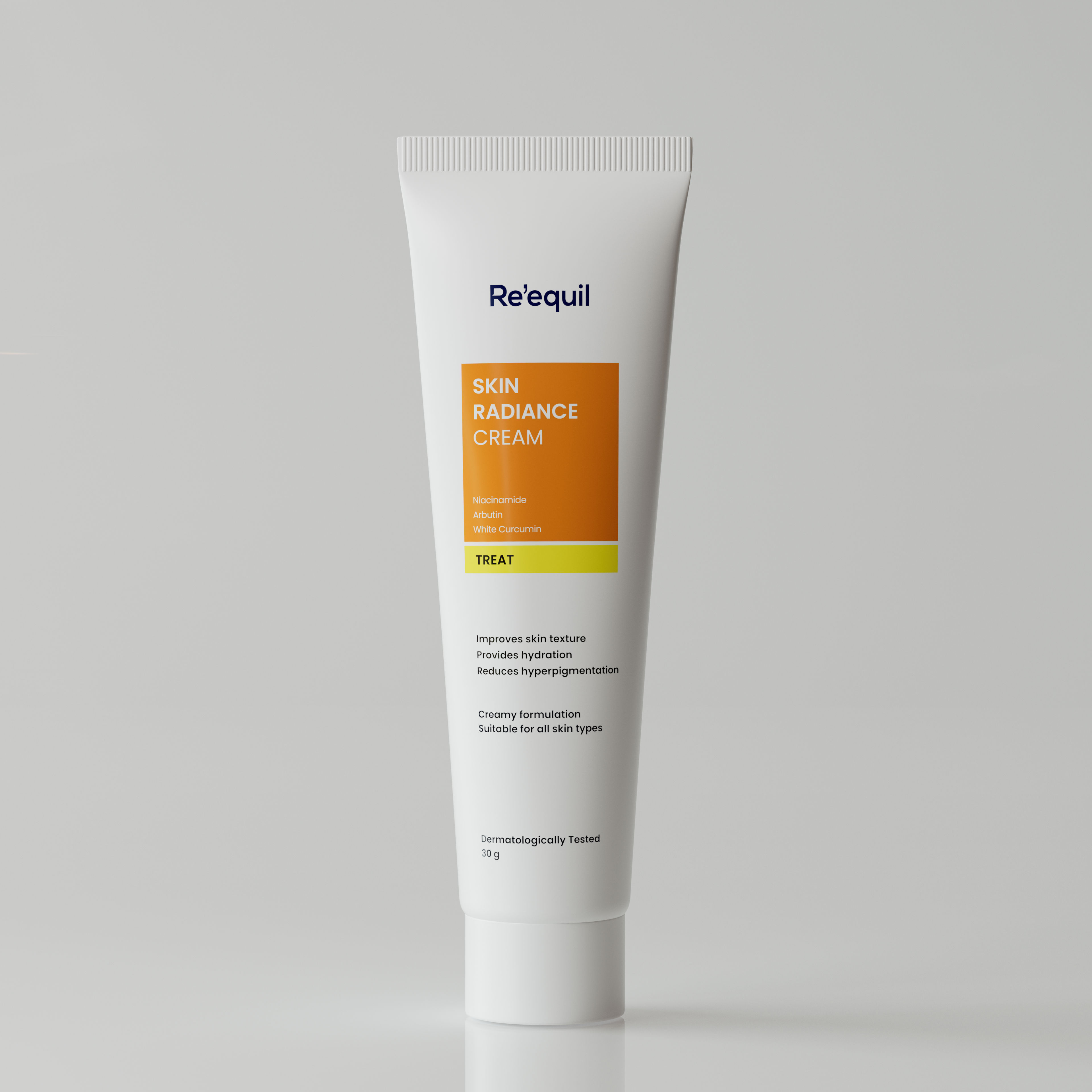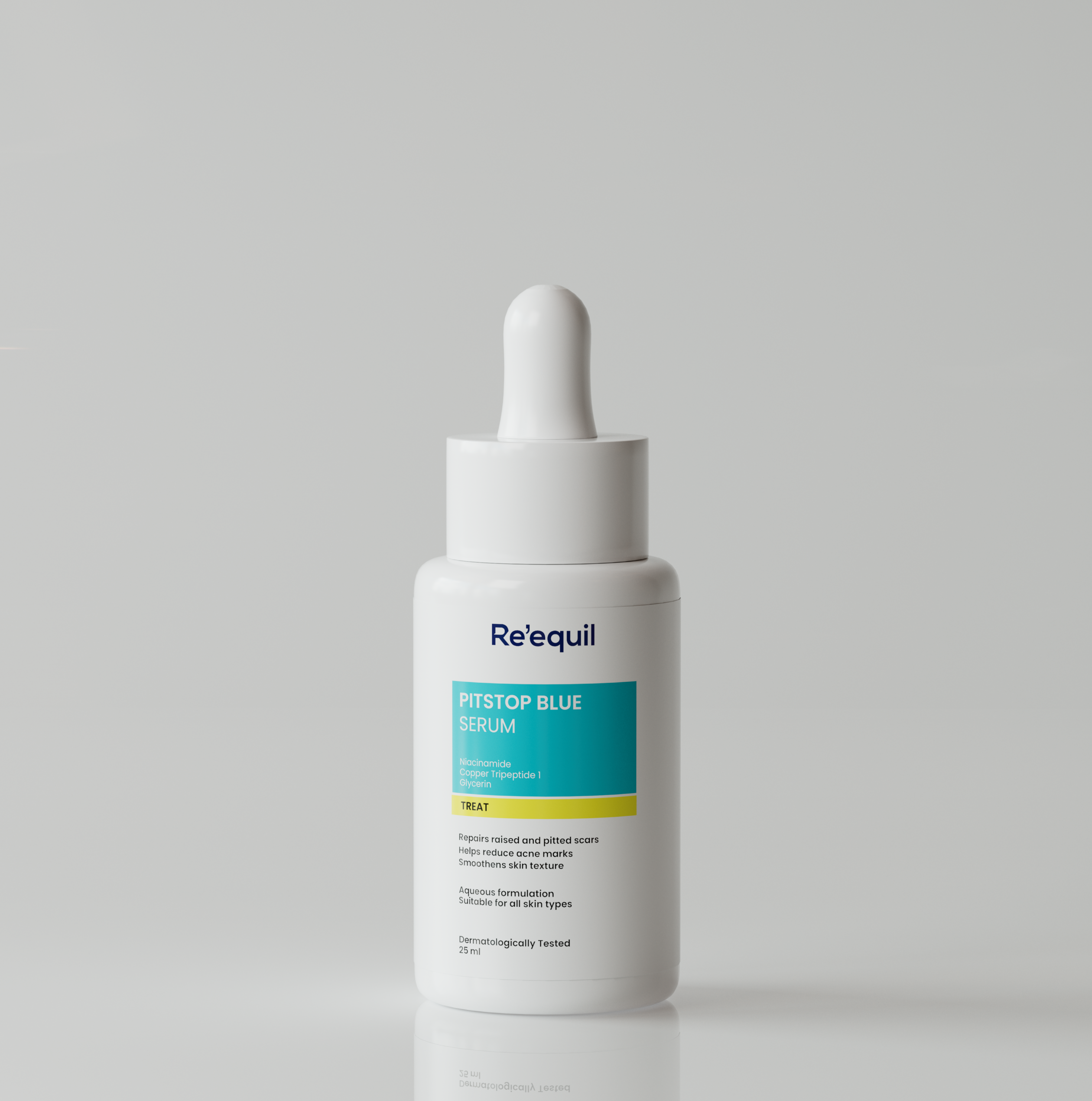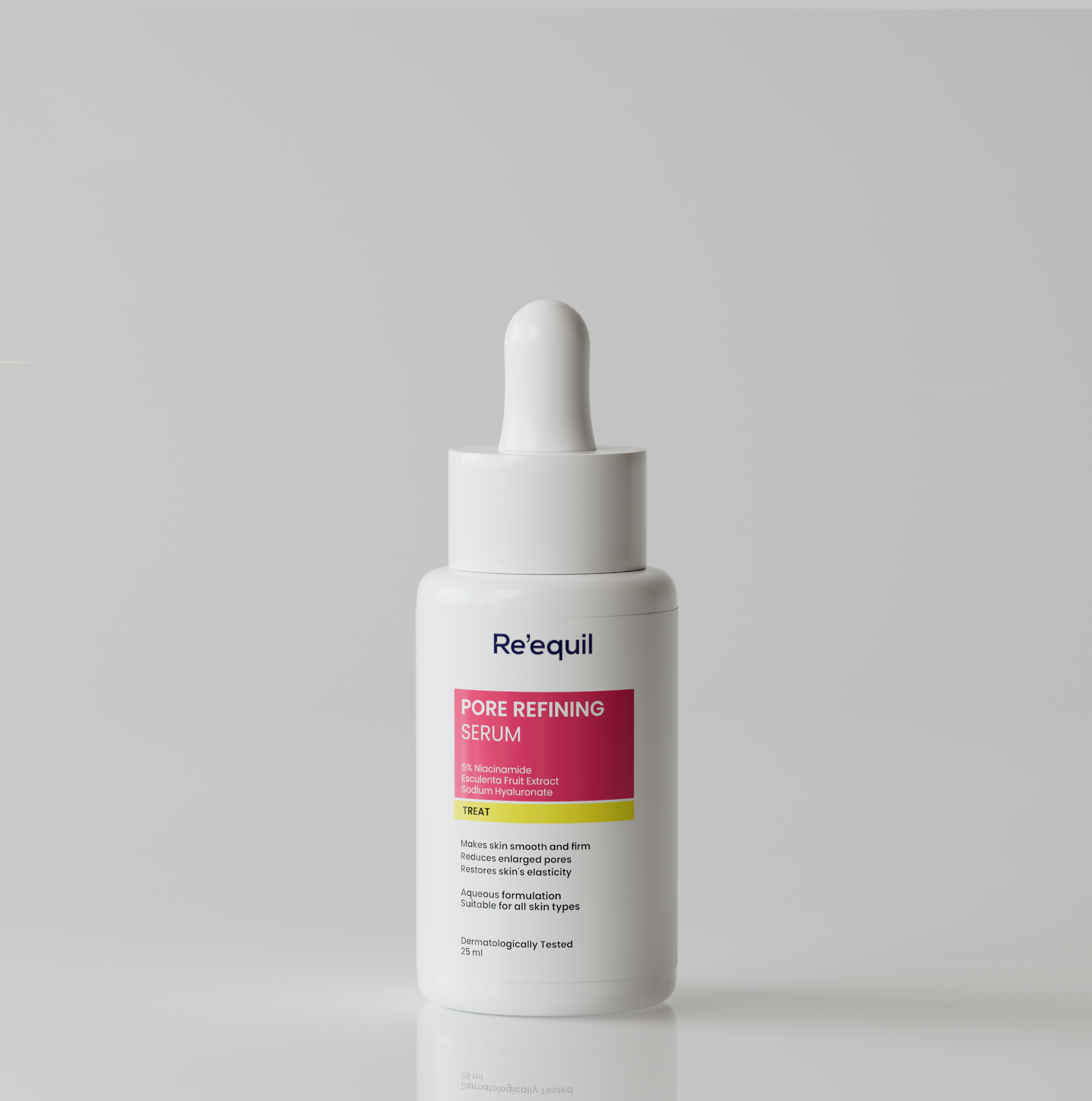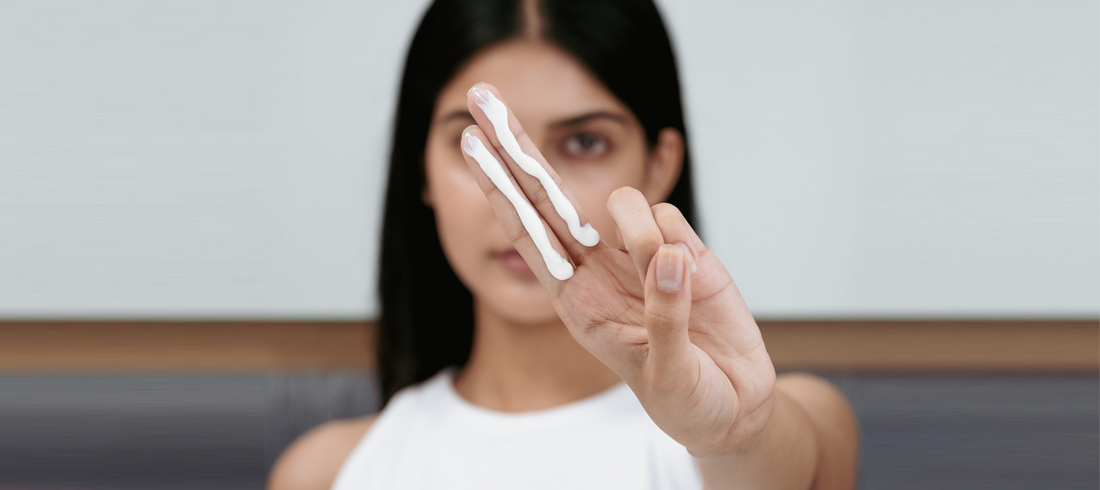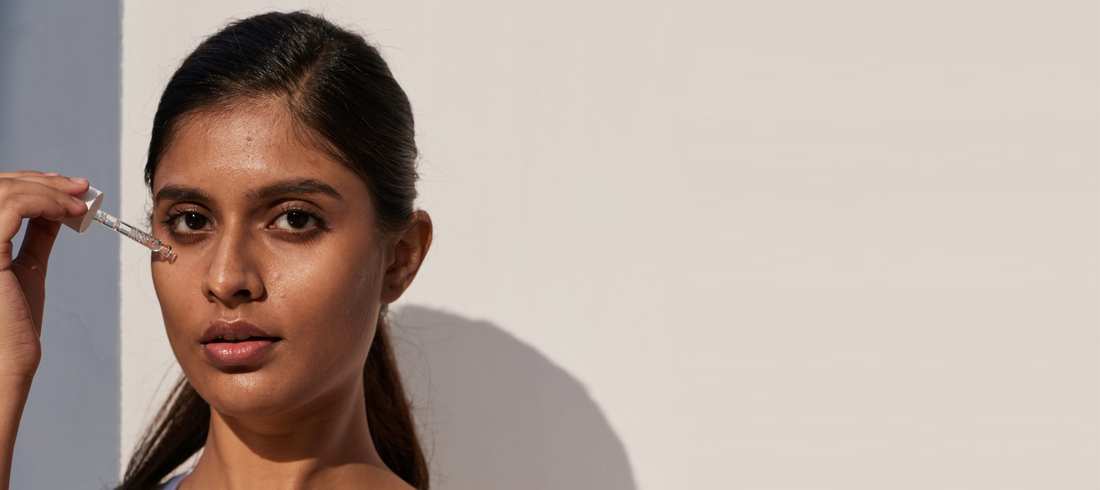Pigmentation is a common skin concern that affects many people. It shows up as dark spots, uneven skin tone, or patches that don’t seem to fade.
From acne scars to sunspots, these changes in skin color often feel stubborn. But modern skincare science has introduced effective solutions to tackle them.
One such star ingredient is Niacinamide. Known for its versatility and gentleness, this ingredient is taking over skincare routines everywhere.
Curious about how this gentle yet effective ingredient can help you achieve even-toned skin?
Let’s explore its transformative benefits and why it deserves a spot in your skincare routine.
What is Niacinamide?
Niacinamide, also known as vitamin B3, is a water-soluble vitamin with numerous benefits for the skin.
This key ingredient is widely known to strengthen the skin barrier, reduce inflammation and brighten skin tone
But its ability to tackle pigmentation makes it a stand-out in the world of skincare.
Understanding Skin Pigmentation
Skin pigmentation refers to the color of the skin, which is influenced by the amount of melanin it contains.
Melanin is a natural pigment produced by melanocytes, and it plays an important role in protecting your skin from UV rays.
However, when melanin production becomes uneven, it can result in pigmentation problems such as:
- Hyperpigmentation: Dark spots or patches caused by excess melanin.
- Melasma: Brown or grey patches triggered by hormonal changes.
- Post-inflammatory hyperpigmentation (PIH): Dark marks left after acne, injuries, or rashes.
- Sunspots: Small, dark areas caused by prolonged sun exposure.
Is Niacinamide effective for treating pigmentation?
Yes, Niacinamide can help reduce pigmentation.
Research shows that it prevents the transfer of melanin to the skin's surface, which is key in lightening dark spots.
Unlike harsher ingredients, Niacinamide is non-irritating and can be used daily.
It is also safe to use with other active ingredients, which means you can easily pair it with products you already use.
Whether your pigmentation is due to sun exposure, acne scars or hormonal changes, Niacinamide can make a noticeable difference over time.
How does Niacinamide reduce pigmentation?
Niacinamide addresses pigmentation through multiple mechanisms, making it a go-to ingredient for achieving an even skin tone -
- Inhibiting melanin transfer: It reduces the movement of melanin to skin cells, preventing dark spots.
- Reducing inflammation: Inflammation can worsen pigmentation. Niacinamide calms the skin, preventing redness and irritation.
- Strengthening the skin barrier: A healthy barrier protects your skin from environmental damage that can worsen pigmentation.
- Increasing cell turnover: By improving skin renewal, Niacinamide reveals brighter, more even skin over time.
How long does Niacinamide take to improve hyperpigmentation?
While it works gradually by reducing melanin production and calming inflammation, it doesn’t provide instant changes.
On average, most people will start noticing improvements in skin tone and a reduction in dark spots within 8 to 12 weeks of consistent use.
However, for more stubborn pigmentation, such as deep sunspots or post-inflammatory hyperpigmentation, it may take up to 3 to 6 months of regular application to see significant results.
The key is to be consistent with your skincare routine, apply Niacinamide regularly, and pair it with sun protection.
Does Niacinamide lighten skin permanently?
Niacinamide doesn’t alter your natural skin tone.
Instead, it helps restore your skin to its healthiest, more even-toned state.
With continued use, it keeps pigmentation under control. However, discontinuing it or skipping sunscreen may allow pigmentation to return. In toto,
- It doesn’t alter natural skin tone: Niacinamide helps to even out pigmentation without lightening your skin’s natural complexion.
- Improves skin health: It reduces dark spots, sun damage, and discoloration, bringing the skin to its healthiest state.
Best ingredients to pair with Niacinamide for optimal skin results
Niacinamide works synergistically with key ingredients to address multiple skin concerns effectively.
These pairings work together to provide a balanced, effective skincare routine for a smoother, more radiant skin.
- Hyaluronic Acid: Boosts hydration, helping Niacinamide work better while keeping the skin plump.
- Retinol: Reduces irritation often caused by Retinol, making this duo perfect for anti-ageing and pigmentation.
- Vitamin C: Brightens skin and fights free radical damage when used together, though it’s best to layer carefully or use in separate routines.
- Sunscreen: Amplifies UV protection and repairs sun damage, making it a must-have daytime pairing.
Niacinamide vs. Retinol: Which is better for pigmentation?
Both niacinamide and Retinol are powerful skincare ingredients, but they work in different ways to address pigmentation -
- Niacinamide: It is best for reducing surface-level pigmentation, calming inflammation and preventing further discoloration. It is a great choice for those with sensitive skin or those looking for a more gentle treatment.
- Retinol: It is effective for treating skin concerns like sunspots, melasma and acne scars, thanks to its ability to stimulate collagen and speed up cell turnover. However, it can be more irritating, especially for sensitive skin.
For maximum benefits, you don’t have to choose one over the other.
Many people use Niacinamide in the morning to soothe and hydrate the skin and Retinol at night for deeper pigmentation treatment.
How to incorporate Niacinamide into your skincare routine?
Cleanse your skin
Begin with a gentle, non-stripping cleanser to remove dirt, oil and impurities.
This step ensures that your skin is prepped to fully absorb the active ingredients that follow, including Niacinamide.
Avoid harsh cleansers that can compromise the skin barrier or irritate sensitive skin.
Apply Niacinamide serum
After cleansing, apply a Niacinamide serum with a concentration of 5-10%.
Niacinamide is most effective in these concentrations and a few drops are sufficient to cover your face and neck.
Gently massage the serum into your skin, ensuring even distribution.
Follow with moisturiser
After applying niacinamide, lock in moisture with a nourishing, hydrating moisturiser.
This helps to maintain the skin’s natural moisture balance and prevents any dryness or irritation that might occur with actives.
Use sunscreen
Always finish with sunscreen, especially during the day.
Niacinamide helps repair skin damage caused by sun exposure, but sunscreen is essential to prevent further pigmentation and protect the skin from harmful UV rays.
Daily use of sunscreen enhances the effects of Niacinamide, preventing new spots and discoloration from forming.
What to look for in Niacinamide serum for pigmentation
When choosing a niacinamide serum, consider the following:
- Concentration: Look for serums with 5-10% niacinamide for best results.
- Additional ingredients: Serums with zinc, Hyaluronic Acid, or licorice extract can provide added benefits.
- Formulation: Choose a lightweight, fast-absorbing formula that suits your skin type.





